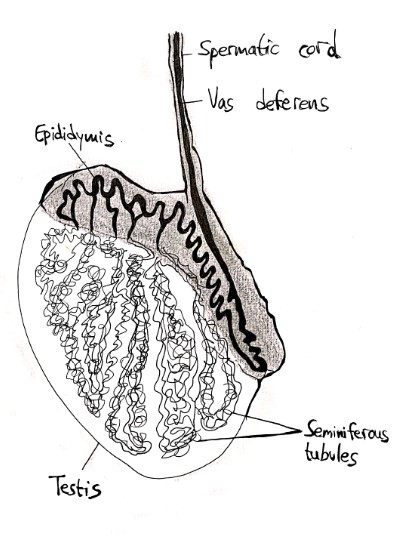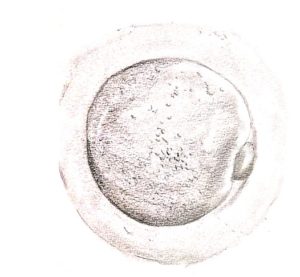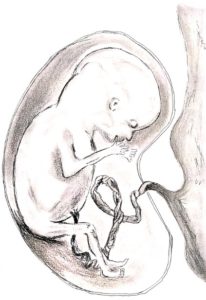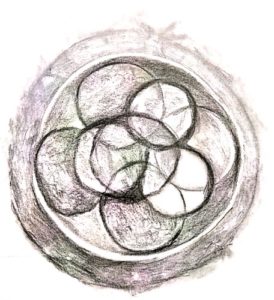In some men with non-obstructive azoospermia, there is a small amount of sperm production. However, it is difficult to find and extract it due to its inconsistent pattern of distribution in the testes. In order to locate individual “hot spots” of sperm production, a method known as sperm mapping, also known as fine-needle aspiration (FNA) mapping, has developed.
Sperm mapping is a minimally invasive technique that provides knowledge that can subsequently optimize the retrieval of sperm cells for IVF-ICSI. Fine-needle aspiration, a gentle and precise biopsy collection method performed under local anesthesia, allows the collection of small testicular biopsies causing minimal damage. Men who undergo FNA can usually return to their normal activities after 24 hours, and complications from the procedure are extremely rare.
In sperm mapping, the surgeon will retrieve multiple biopsies from various locations in the testes. The number of samples will depend on the testicular size and can range from 4-18. Subsequent analysis of each sample can reveal where sperm is present, providing a “map” to the cells. Studies have shown that the higher the amount of FNA samples, the higher the chances of detecting mature sperm.
The advanced knowledge of sperm distribution provided by FNA mapping allows sperm retrieval to proceed with increased efficiency and decreased invasiveness. The map allows the surgeon to choose the most efficient method of extraction for each individual patient, whether that be TESA, TESE, or a micro-TESE.




